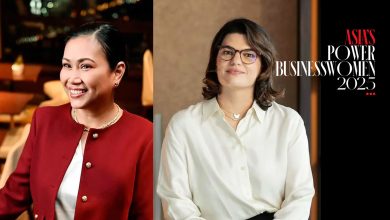MANILA, PHILIPPINES – Burger King® Philippines just announced the launch of Plant-Based X-tra Long Chicken, which offers the same mouthwatering experience as its best-selling original X-tra Long Chicken but without the meat!
View this post on InstagramSponsor
After the successful launch of the Plant-Based Whopper in 2020, Burger King® Philippines extends its plant-based menu options by mirroring the iconic and unmatched Burger King® taste that guests crave for.
Currently available in all BK® stores within Luzon and will soon be available nationwide by end of March, the Plant-Based X-tra Long Chicken consists of a crispy 6-inch plant-based patty developed by The Vegetarian Butcher, topped with fresh lettuce, creamy plant-based mayonnaise, on soft sesame seed buns. This soon-to-be iconic snack mirrors Filipinos’ favorite X-tra Long Chicken—it looks and tastes like chicken, it is crispy on the outside, and tender and juicy on the inside to recreate the same experience, but in a way that loves the planet back.
The Plant-Based X-tra Long Chicken is BK brand’s treat for the growing population of Filipino eaters venturing into plant-based alternatives. Moreover, with its partnership with The Vegetarian Butcher, it hopes to bring the plant-based chicken closer to meat lovers, flexitarians, and anyone who loves delicious burgers.

“We are very proud to introduce the Plant-Based X-tra Long Chicken and expand our plant-based range with this new icon to our menu,” said Joey Dominguez, General Manager of Burger King® Philippines. “The introduction of the Plant-Based X-tra Long Chicken in the Philippines is a response to the demand from guests who are asking for a variety of plant-based options without compromising on taste. We are confident that Filipinos will love our follow-up to the Plant-Based Whopper.” 
Burger King® Philippines invites Filipinos to get their hands on the new and delicious Plant-Based X-tra Long Chicken, that is 100% plant-based, 0% meat, today. Order now via dine-in, take-out, or delivery (BK App, BKDelivery.com.ph, Messenger, #2-22-22, Grabfood, and Foodpanda) because at Burger King®, #PlantBasedJustGotXtra.








